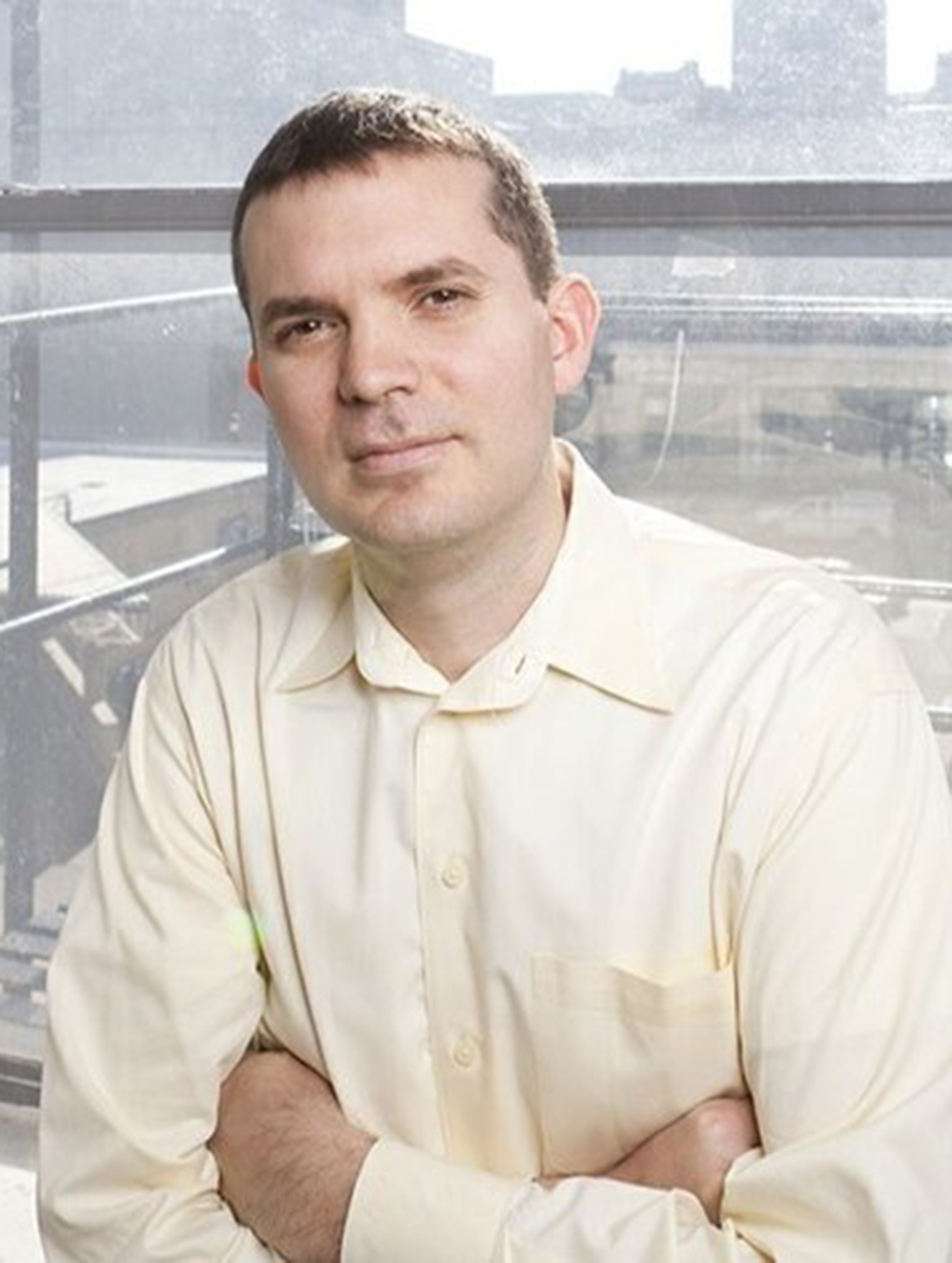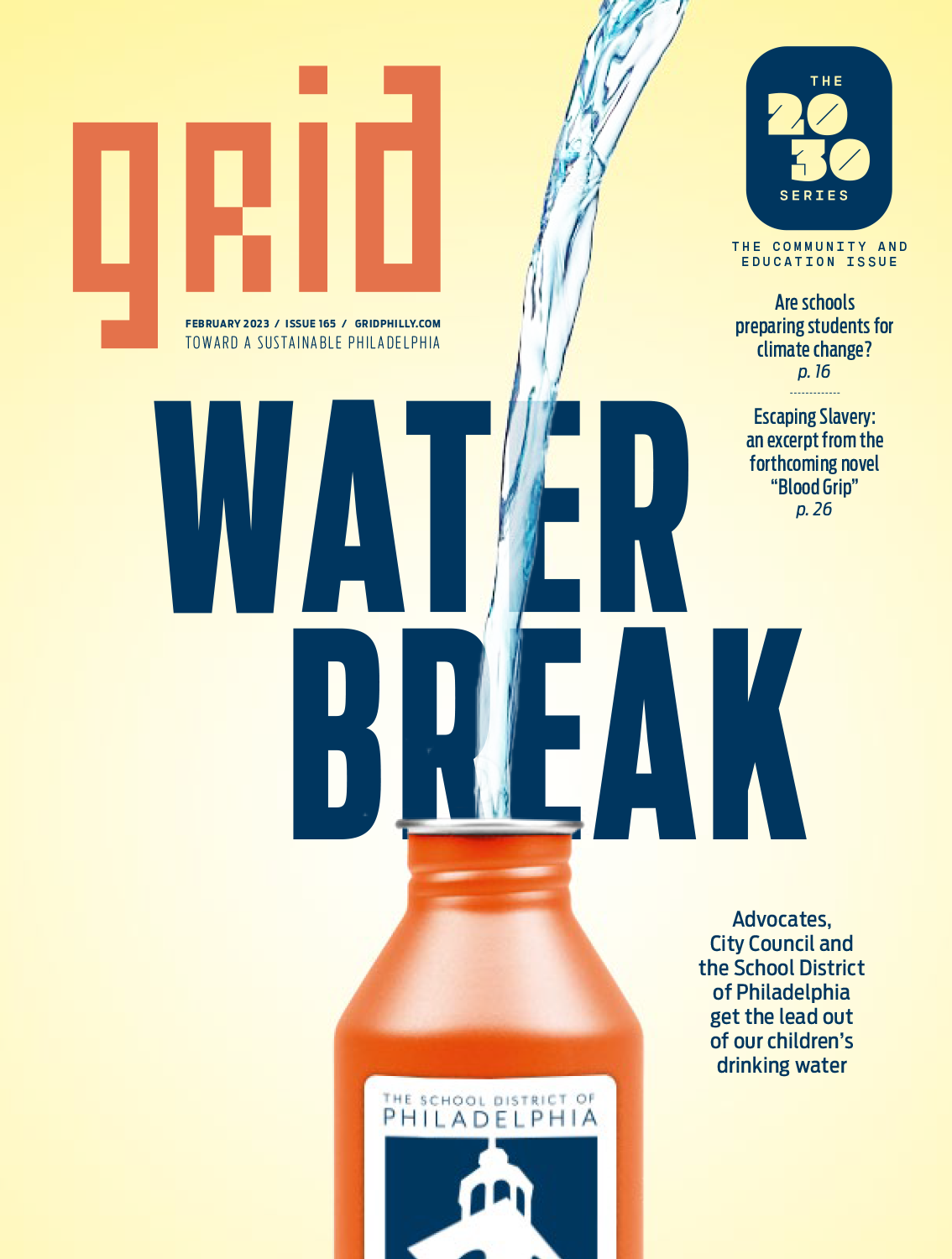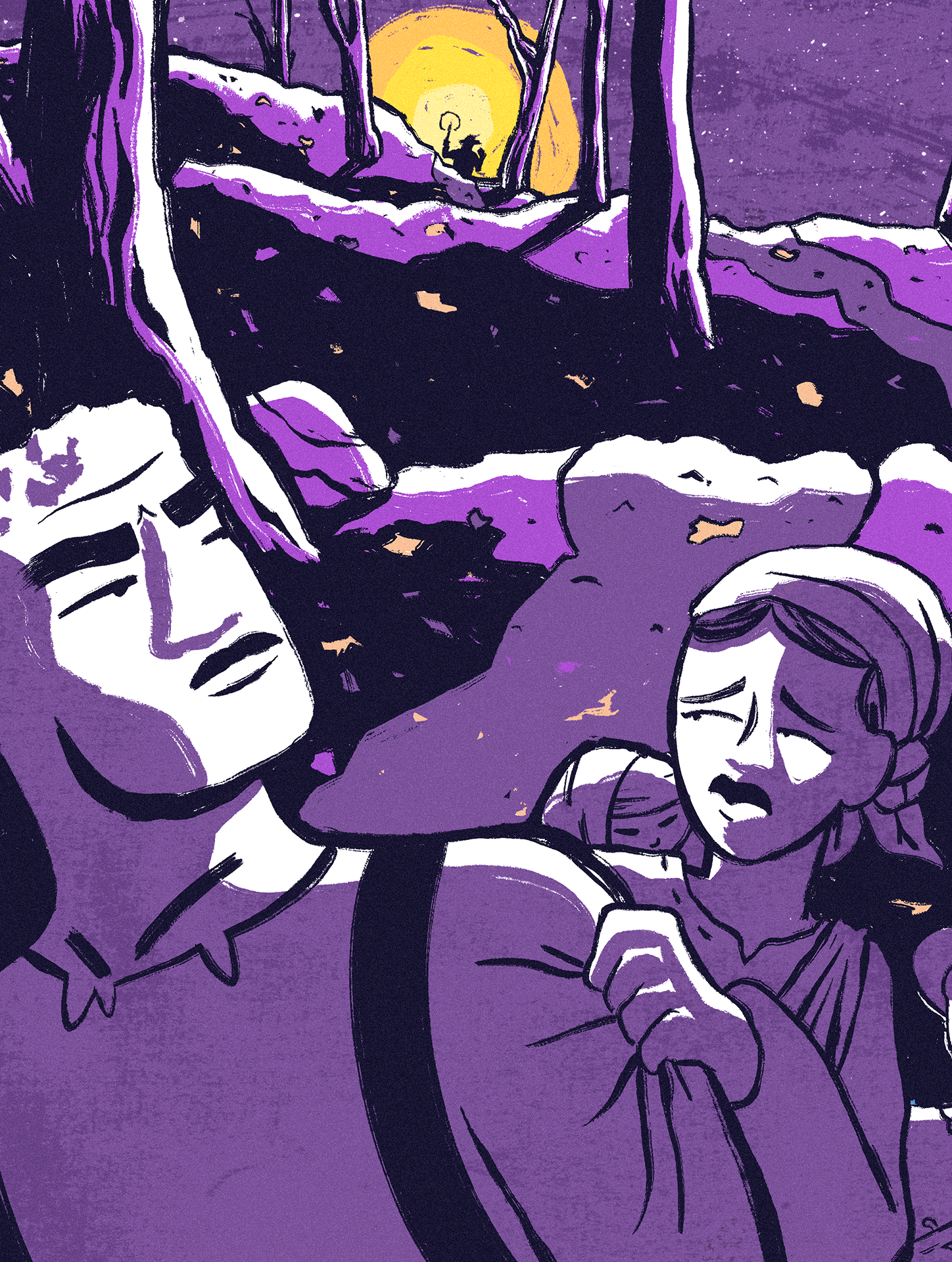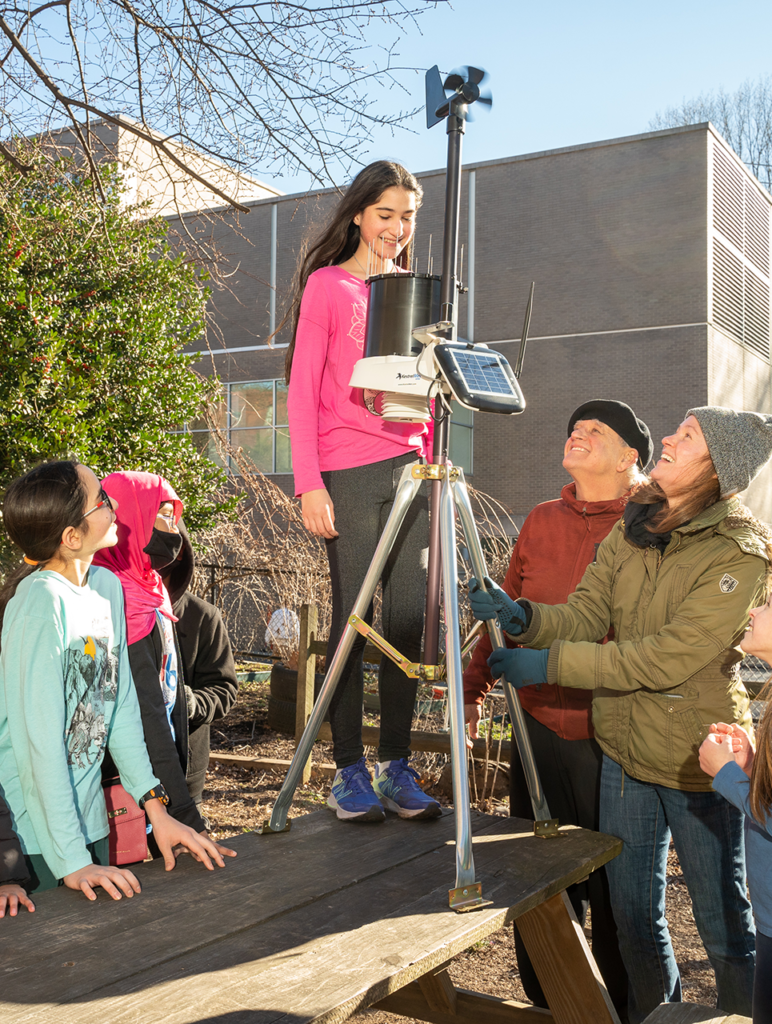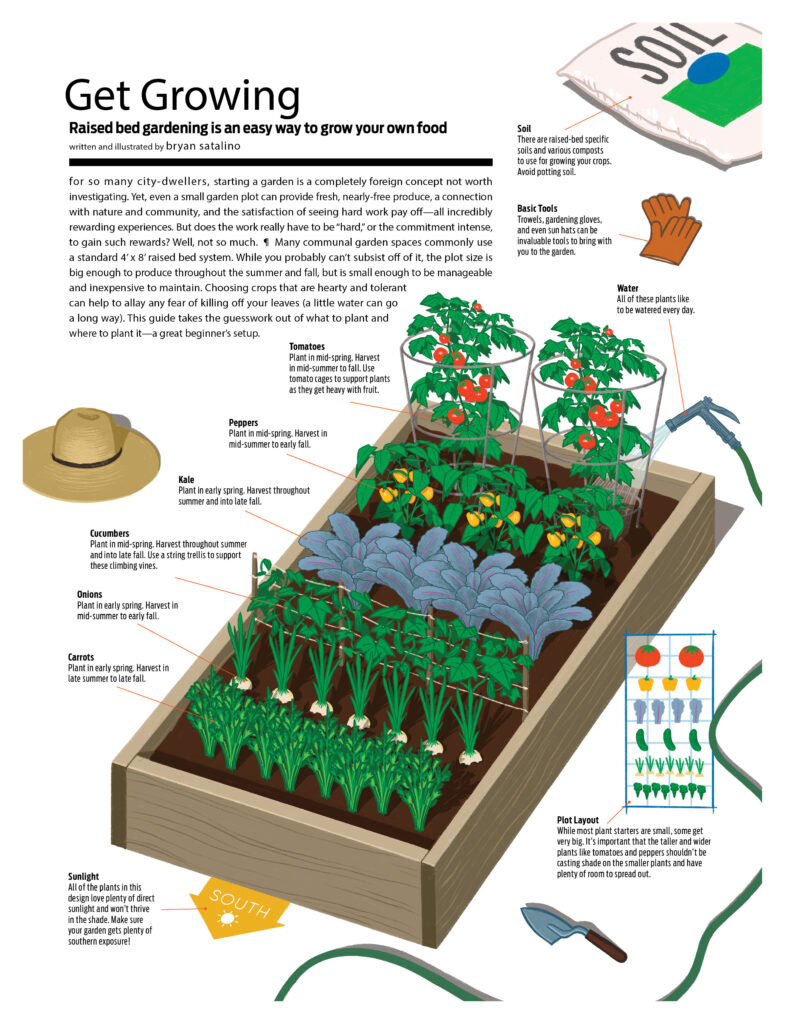
Don’t give up on Philadelphia just yet.
Our centuries-old city has big problems, including the legacy of lead. It’s in our paint, our pipes, our bloodstreams. When it gets in our children, it hurts their young brains’ development, negatively affecting learning and behavior.
With the district-wide installation of hydration stations — filtering units that remove lead (among other things) from water in the schools’ fountains — the efforts of activists, bureaucrats and politicians have resulted in a major public health victory.
As we are overwhelmed by news about problems with no easy solutions, we should rejoice in this triumph, and learn from it as well.
Helen Gym, a former councilmember now a candidate for mayor, says: “When we are clear about our missions, we can go out and leverage resources to make it happen.”
Intractable problems require unshakeable resolve. We must set the moral compass, something our City government has struggled to do, and then get to work.
One place we can and must set the agenda is in the classroom. Not only do we have the responsibility of protecting our kids from the poisons of our industrial legacy: we must also prepare them to care for the damaged planet they will inherit. Yes, it’s sad and unfair that we lay this at their doorstep, but hiding the truth worsens the crime and delays progress. In 2020, neighboring New Jersey became the first state to mandate learning standards that require teachers of all classes (even gym!) and grades to integrate climate change into their curriculum. While it’s encouraging that the School District of Philadelphia is offering training for teachers interested in teaching climate change, the training is voluntary, as Ben Seal reports (“Learning Environment,” p. 16), which guarantees that it will not reach everyone.
Although the reality of climate change is grim, it can be taught in ways that empower and give hope. As Grid writer Bernard Brown shows in his piece “Beyond these Walls” (and in greater detail in his must-read book “Exploring Philly Nature,” where he urges us to open our eyes and see that “habitat is everywhere, and everywhere is habitat”), cultivating the connection between kids and their surroundings enriches their lives and teaches them to care. Let them fall in love with the world they must save.
Speaking of excellent books from Grid contributors, I am honored to share with you on page 26 the opening chapter in Constance Garcia-Barrio’s debut novel, “Blood Grip.” I was fortunate enough to get an early manuscript, and it is magnificent. It’s a harrowing story of a Black family escaping slavery to start a new life in Philadelphia and the unspeakable adversity they face. The story is riveting, the characters nuanced, the language lyrical. Even in the most heart-wrenching scenes, there are turns of phrase that delight. It’s Grid’s first foray into fiction, and she has set the bar high. It pairs well with Garcia-Barrio’s story (nonfiction, alas) about the historical exhibition of Black bodies (“Cruelty on Display,” p. 6).
My hope is that one day Garcia-Barrio’s stories and others like it are taught in every school, too. All kids need to know the truth. It’s the only way things will change.

Alex Mulcahy, Editor-in-Chief


